The mulberry tree is an ornamental plant that not only possesses high aesthetic value but also holds positive feng shui significance in daily life. Join us in exploring the art of shaping this beautiful tree.
1 Varieties of Mulberry Trees
Depending on their origin, mulberry trees can be categorized into two types: the native mulberry and the American mulberry. The native mulberry is further divided into two subtypes: the male mulberry and the female mulberry.
Native mulberry trees are primarily grown for their shade, while American mulberries are cultivated for their fruit.
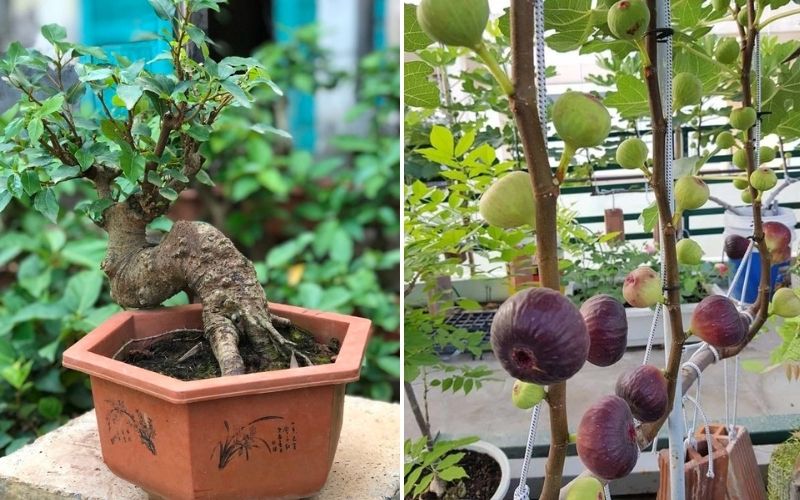 Varieties of Mulberry Trees
Varieties of Mulberry Trees
2 Techniques for Shaping Mulberry Trees
When shaping a mulberry tree, start by bending the trunk, followed by the main branches, and finally, the smaller twigs. Begin bending from the root to the tip, working from larger to smaller branches.
Prior to bending, you may cut off unsightly branches to facilitate shaping.
While bending, avoid making it too tight or too loose. The wrapping should be at a 45-degree angle to the trunk’s vertical axis. Then, twist the branches in the direction of the wrapping wire. After a year, the wire can be removed.
3 Steps to Shape a Beautiful Mulberry Tree
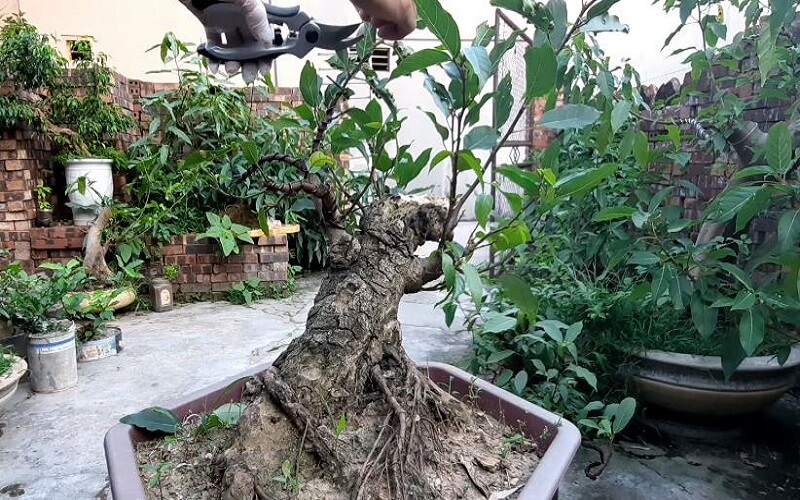 Before shaping, prune the leaves that are too close together
Before shaping, prune the leaves that are too close together
To begin shaping your mulberry tree, first, prune the leaves that are growing too closely together, as well as any branches that are parallel, evenly spaced, or overlapping.
Additionally, remove branches that curve towards each other, cross, or are symmetrical, as well as drooping branches to maintain the tree’s aesthetic appeal.
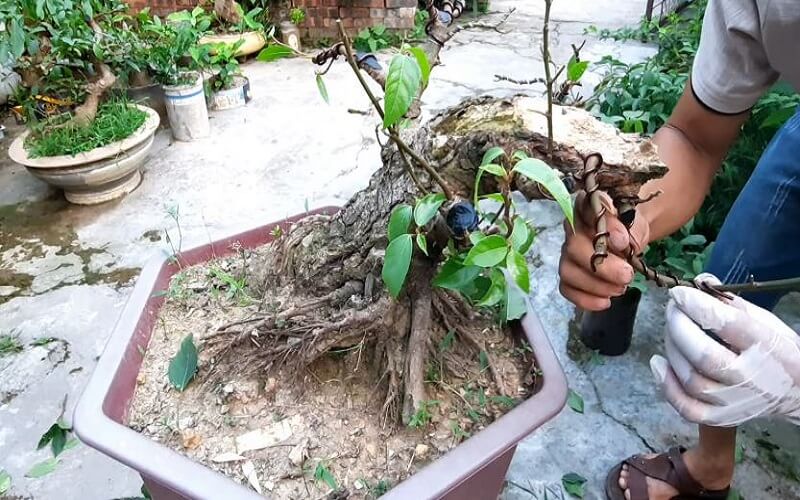 Now, proceed to bend the branches
Now, proceed to bend the branches
After pruning the leaves, you’ll want to bend the branches of your mulberry tree from the inside out. Start with the main trunk, followed by the main branches, and then work your way up the tree from the root to the tip, bending the larger branches before the smaller ones.
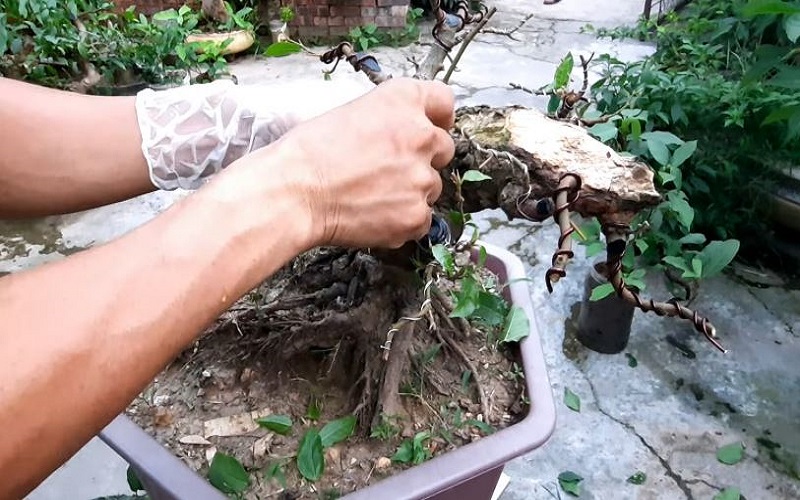 Finally, wrap the tree with wire to fix its shape
Finally, wrap the tree with wire to fix its shape
To finalize the shaping process, use wire to secure the tree’s form. Insert one end of the wire deep into the soil, and … be careful not to wrap it too tightly or too loosely.
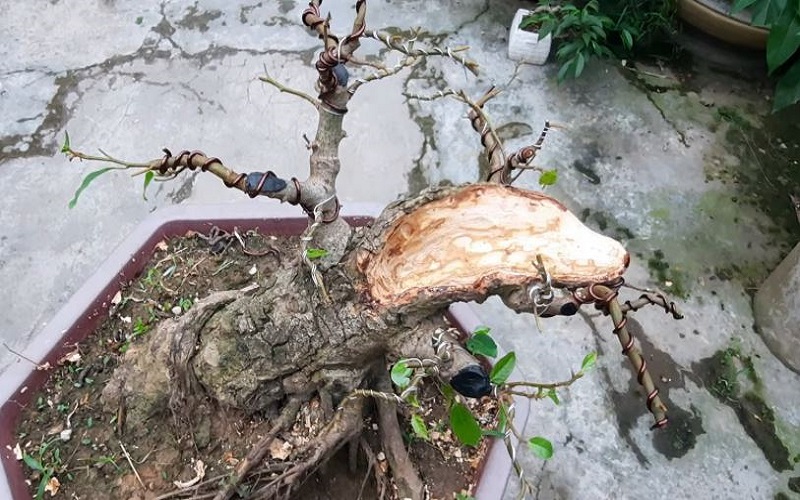 When wrapping the wire, cross it at a 45-degree angle from the root to the branches
When wrapping the wire, cross it at a 45-degree angle from the root to the branches
When wrapping the wire, maintain a 45-degree angle from the root to the branches. For the branches, gently twist them in the direction of the wire wrapping, always holding the bark firmly. For trees that grow rapidly within 3-4 months, you’ll need to remove and rewrap the wire to create a fresh look.
4 Caring for Your Mulberry Tree After Shaping
Watering and Fertilizing Your Shaped Tree
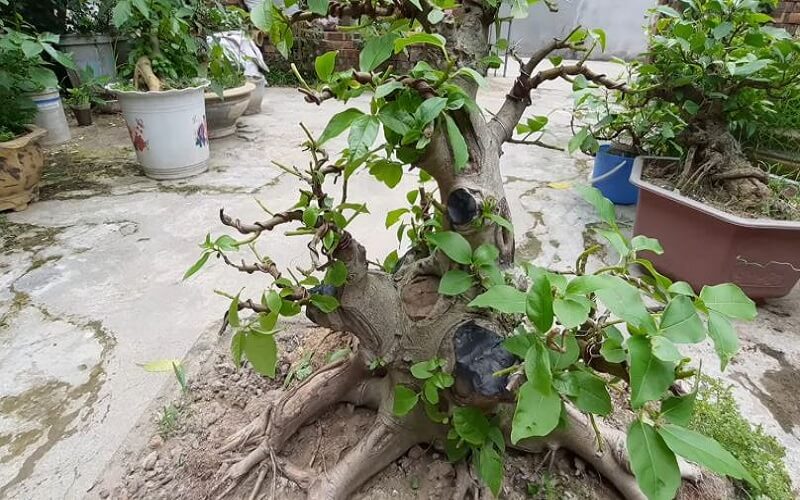 Mulberry trees love water, so be sure to water them after shaping
Mulberry trees love water, so be sure to water them after shaping
- Watering: Mulberry trees thrive with ample water, so make sure to give them a good drink after shaping. When your tree is thirsty, it will develop scales on its trunk and branches to withstand drought. If you notice these scales, water your tree immediately!
- Light: Place your shaped mulberry tree in a well-lit area, avoiding harsh direct sunlight, as this will slow its growth. Too much shade or insufficient light will result in fewer branches, and the existing branches will elongate, detracting from the tree’s appearance.
- Fertilizing: Fertilize your tree once or twice a year, preferably at the beginning or end of the rainy season, when the tree can better absorb the nutrients.
Caring for Your Tree to Promote Fruiting After Shaping
To ensure your tree thrives and bears fruit after shaping, cover any wounds with a sealant.
You can also use a special oil derived from kerosene or gasoline to treat open wounds in the tree’s upper wood layer.
Keep a close eye on your tree for any signs of infection, and be prepared to take action if necessary. After shaping, your tree will require a significant amount of nutrients to recover, so this is an excellent time to provide it with a balanced fertilizer.
The ideal time to shape your mulberry tree is towards the end of summer or in early August. During mid-summer, the tree is vibrant with new leaves and buds, brimming with energy. However, shaping it towards the end of summer gives it a better chance of recovery, reducing the risk of pest infestations and diseases that are more prevalent during other months.
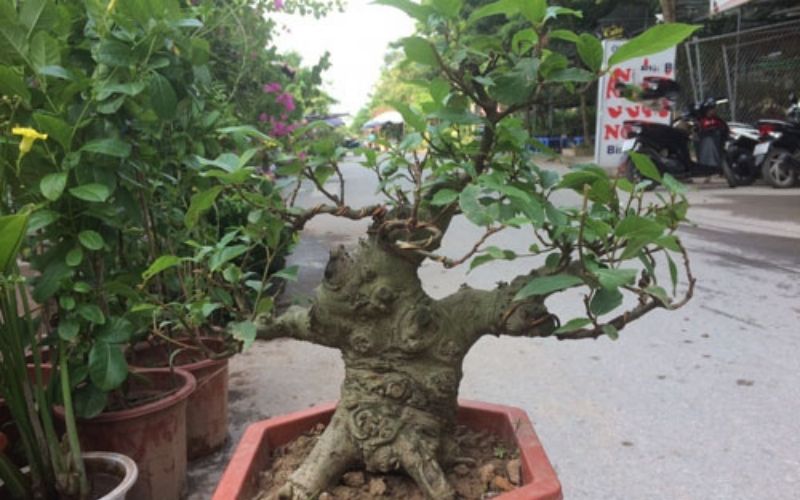 Caring for Your Tree to Promote Fruiting After Shaping
Caring for Your Tree to Promote Fruiting After Shaping
Encouraging Your Mulberry Tree to Fruit Sooner
To encourage your mulberry tree to grow faster, in addition to following the above advice, you’ll need to chop the roots and trunk in September-October annually. If you want your tree to fruit sooner, you must stimulate it by withholding water for 15-20 days and removing all its leaves.
Once new leaves appear, resume regular care, and within three months, your tree should bear flowers and fruit. This method works best from June to August, with the fruiting season arriving towards the end of the year.
Additionally, you can stimulate fruiting by making a few cuts near the tree’s base to release sap. For potted trees, repot them into larger containers, add biofertilizer, and withhold water for 2-3 months, after which they will shed their leaves and begin to fruit.
However, refrain from pruning the flower stalks that adhere to the trunk after fruiting and falling off, as new fruits will grow from these stalks. If you wish to encourage fruiting in a different location on the tree, only then should you cut off the existing stalks. New fruits will develop on older parts of the trunk.
5 Beautiful Mulberry Tree Shapes
 Unusual Mulberry Tree Shape
Unusual Mulberry Tree Shape
 Weeping Mulberry Tree
Weeping Mulberry Tree
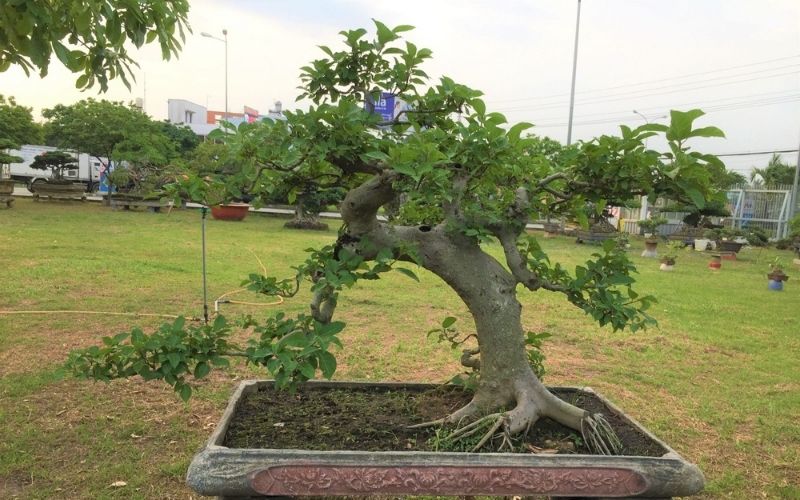 Mulberry Bonsai
Mulberry Bonsai
 Beautiful Mulberry Tree
Beautiful Mulberry Tree
The techniques outlined above offer simple yet effective ways to shape and style your mulberry tree. We hope you found this guide informative and inspiring.
2023 Lunar New Year Gift Ideas for Older Family and Friends
As 2021 approaches, families worldwide are gathering to celebrate the special bond between grandparents and their grandchildren. To show their love and admiration, these thoughtfully chosen gifts will bring a smile to the face of the elderly. Here, we have compiled a list of the 13 most meaningful Tet presents that can bring joy to our beloved grandparents.






































